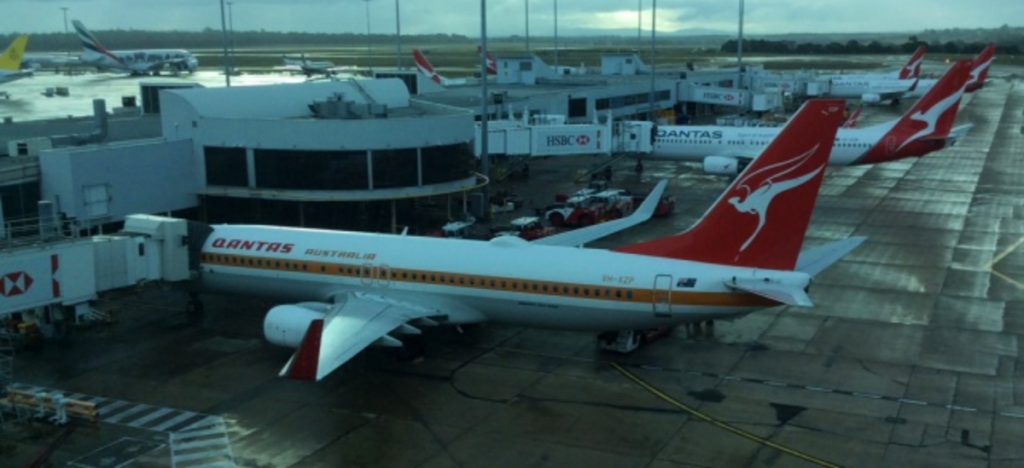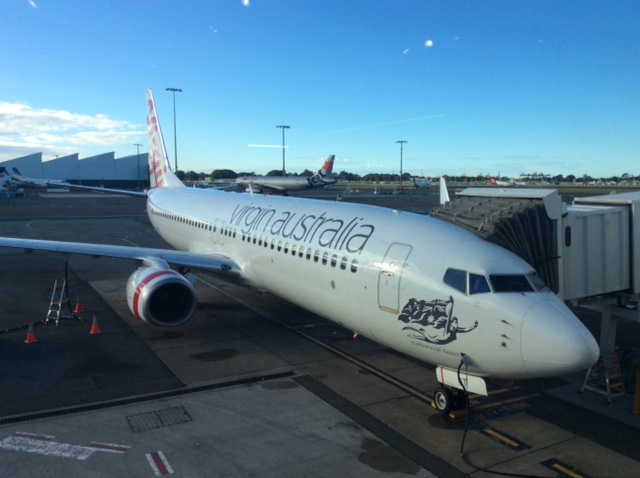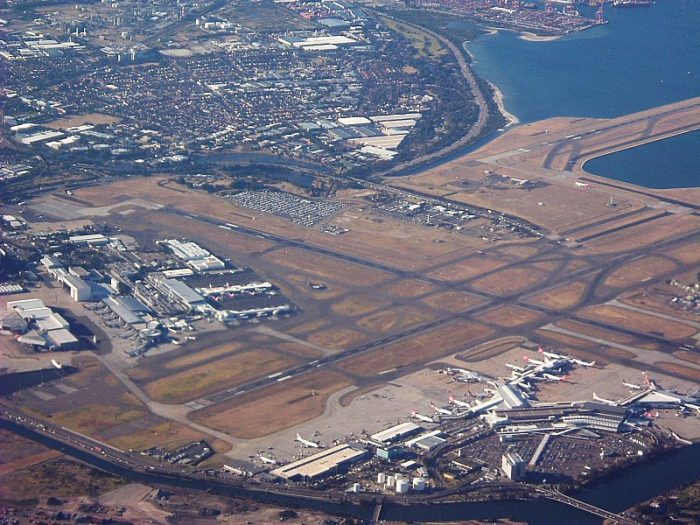Qantas Cancels 10% Of Flights On This Route
Qantas cancelled nearly one in ten flights on the busy Sydney – Melbourne corridor in the six months to November 2019 according to Australian Government statistics. The route is one of the busiest in the world and Qantas operates up to 46 return services a day at 15-minute frequencies in peak times.

Trend continues in latest statistical release
But following the revelation of an average monthly cancellation route of 8.15% in November, questions are being asked why the cancellation rate continues to be so high. While there have been some problems with smoke haze and poor visibility at both Melbourne and Sydney Airports, other airlines that ply the route have not had the same problem with cancellations.
Of the four airlines on the route, Qantas had the greatest propensity to cancel a flight in November 2019. According to Australia’s Department of Infrastructure, Transport, and Regional Economics (BITRE), 7.9% of Sydney bound flights were cancelled in November and 8.3% of Melbourne bound flights were cancelled in November, giving the airline an average cancellation rate of 8.1% across the route in November 2019.

In contrast, Virgin Australia had an average cancellation rate of 6.05% across the route in the same period, Jetstar had had an average cancellation rate of 6.9% and the much-maligned Tigerair had an average cancellation rate of 5.25%.
Qantas’ cancellation rate on this route significantly exceeds its November 2019 average of 3.2% across its domestic network. The Sydney – Melbourne corridor wasn’t Qantas’ worst performing route in November (Qantas cancelled 11.55% of its flights on the Sydney – Port Macquarie corridor and 11.65% of its flights on the Sydney – Coffs Harbour corridor in the same month) but it is a poor performance for was is the key Australian domestic route.
Qantas says not cancelling flights for commercial reasons
The release of the latest statistics has revived chatter that Qantas is cancelling flights because it hasn’t sold enough seats on them. It’s not a new theme. Earlier in 2019, reports circulated that Qantas was boosting load factors (and profits) on the Sydney – Melbourne route by cancelling flights and moving passengers to other flights.
With such a high frequency of flights on this route, it is something Qantas can do easily enough. Taking a passenger of the 16:30 departure and putting them on the 16:45 departure is arguably, a minor inconvenience for the passenger.
Abnormally high cancellation rates on the Sydney – Melbourne corridor have persisted for much of 2019. For its part, Qantas adamantly denies it cancels flights for commercial reasons, only ever doing so for operational reasons.
Qantas says climate change a factor
In November 2019, Qantas Domestic Chief Executive, Andrew David, attributed climate change as a factor in cancellations. At the time, he cited issues with high winds at Sydney Airport, telling The Australian newspaper;
“We have seen wind velocities 34% higher than the average of the last 30 years, and it’s a prevailing westerly rather than the south-south-westerly we’ve seen in the past.”

Mr David said high wind strengths at Sydney Airport had led to a spate of cancellations and on time issues. Around the time he spoke, the impact of the bushfire haze was also beginning to be noticed at airports in Australia’s south-east.
Qantas says they don’t cancel flights for commercial reasons. Despite speculation to the contrary, Qantas has been quite clear about this. Exactly why so many flights are cancelled can probably be attributed to a combination of factors – weather, smoke haze, and bona fide operational reasons. Because the frequency is so high on this route, Qantas can reschedule passengers with minimal inconvenience – this too is probably a contributing factor.
And January’s figures won’t be helped by the cancellation of some 130 flights in Melbourne yesterday (across all airlines) owing to bad weather.
Nonetheless, it is an interesting scenario when cut-price carrier Tigerair, widely perceived as happy to hit the cancellation button, has a lower rate of cancellations than Australia’s most expensively priced airline, not just on the Sydney – Melbourne corridor but across their wider respective domestic networks.

Write a Comment